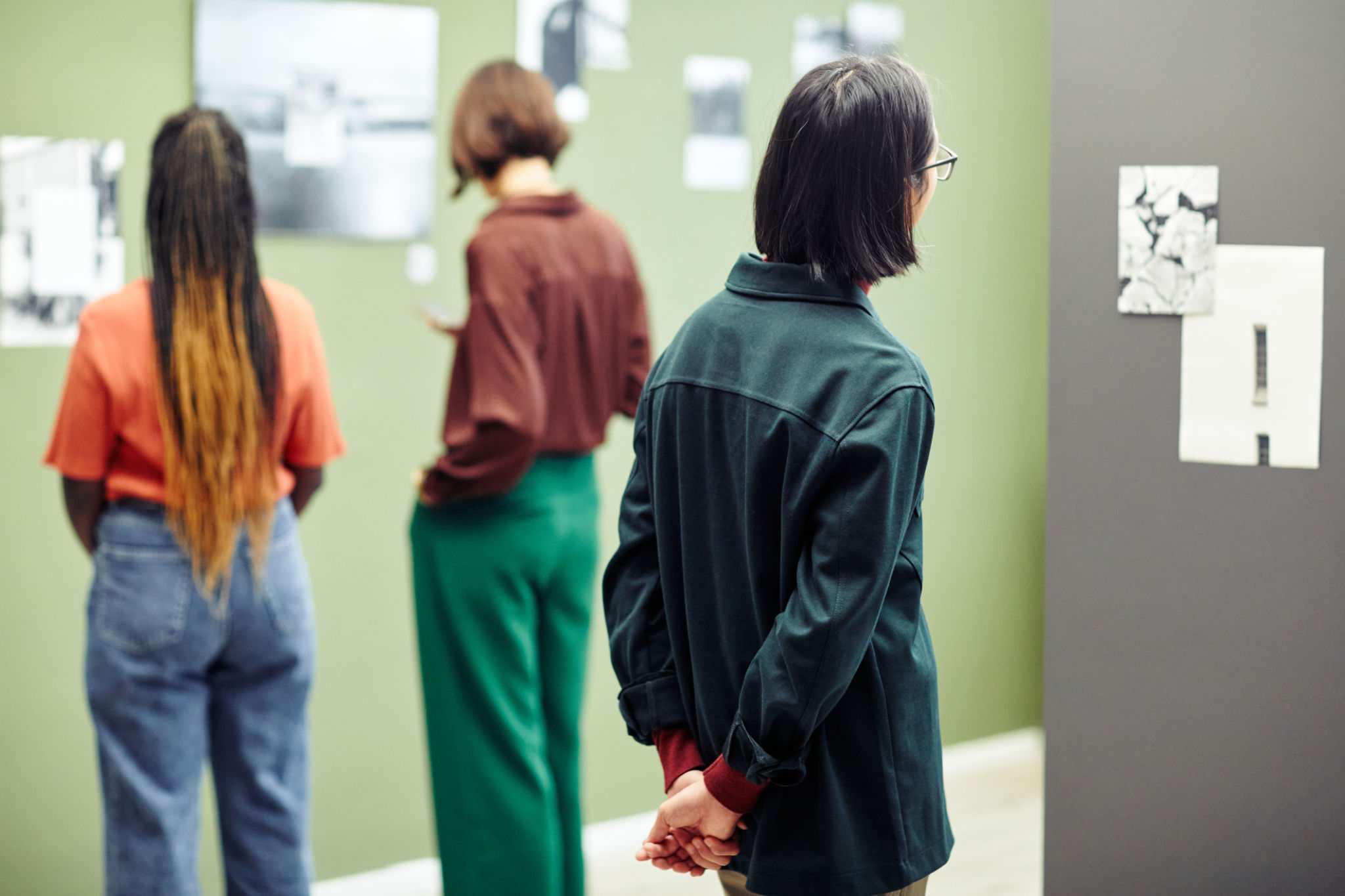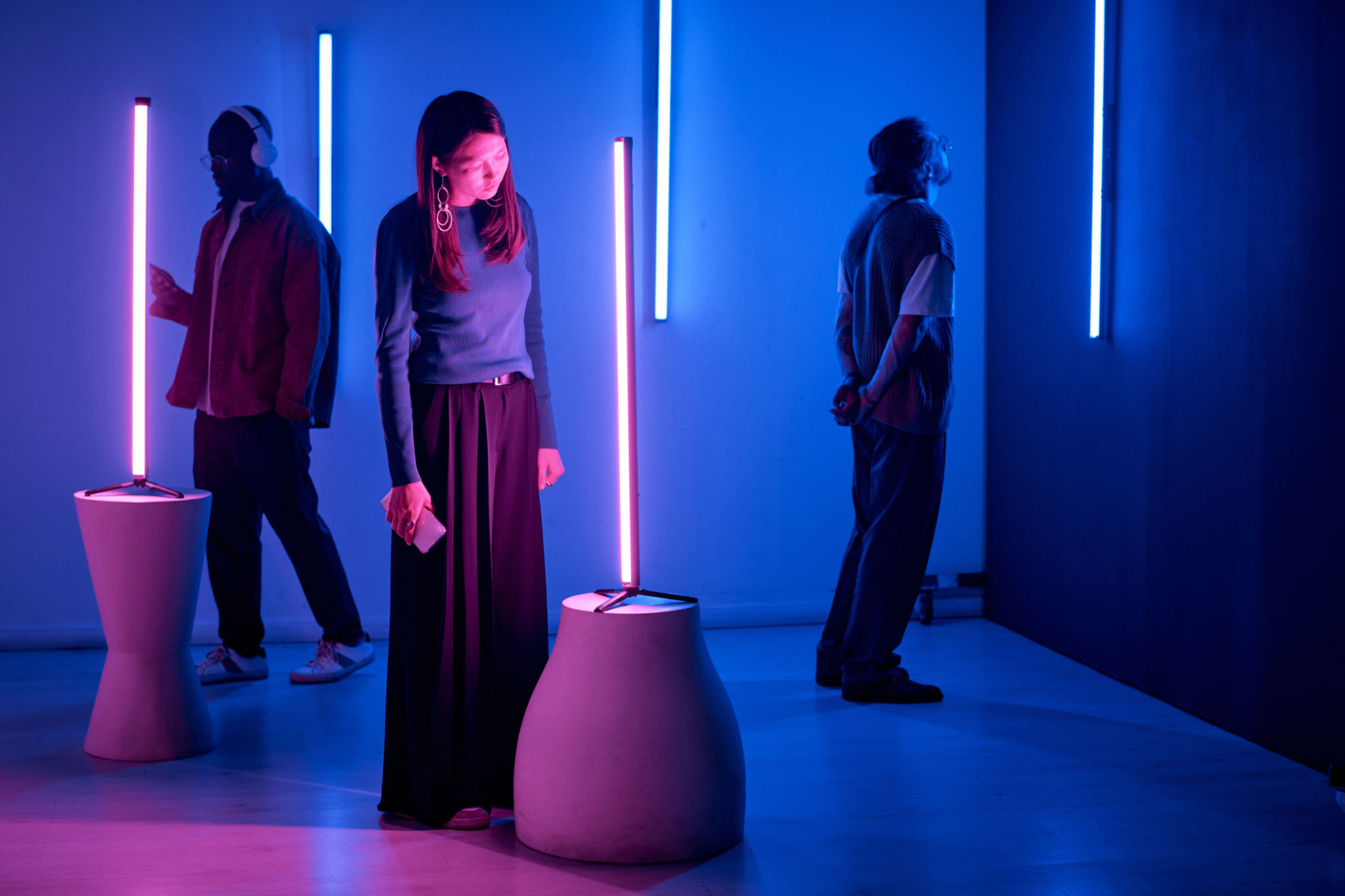The Evolution of Editorial Photography in Museum Exhibitions
HM
Introduction to Editorial Photography in Museums
Editorial photography has long been a powerful medium for storytelling, capturing moments, and evoking emotions. In recent decades, its presence in museum exhibitions has significantly evolved, transforming how audiences engage with historical narratives and contemporary issues. This evolution reflects broader changes in both the art world and society at large, as museums increasingly embrace diverse and dynamic forms of expression.

The Early Days of Photography in Museums
Initially, museums were hesitant to display photography as a legitimate art form. Traditional art forms like painting and sculpture dominated exhibitions, with photography often relegated to the status of a documentary tool. However, as the 20th century progressed, the unique capabilities of editorial photography to capture cultural and social realities began to gain recognition.
Museums started to see photography not just as a means to portray reality, but as an interpretative art form that could convey deeper stories and emotions. This shift laid the groundwork for editorial photography to become an integral part of museum exhibitions.
The Rise of Thematic Exhibitions
As editorial photography gained acceptance, museums began curating thematic exhibitions that used photographic images to explore specific topics or eras. These exhibitions often included a mix of photographs, artifacts, and multimedia elements, providing a comprehensive narrative experience for visitors.
This approach allowed museums to delve into complex subjects such as war, migration, and social change. Editorial photography played a crucial role in these exhibitions, offering a visual narrative that complemented historical documents and personal accounts.

Digitalization and Accessibility
The digital revolution has further transformed the landscape of editorial photography in museums. Digital technology allows for the preservation and display of photographic collections on a scale previously unimaginable. High-resolution digital reproductions enable museums to present fragile or rare photographs without risking damage to the originals.
Moreover, digital platforms have made museum collections more accessible to a global audience. Online exhibitions and virtual tours allow individuals from around the world to experience the power of editorial photography without needing to visit the museum in person.
Interactive and Immersive Experiences
In recent years, museums have embraced interactive and immersive experiences to engage visitors with editorial photography. By incorporating technologies such as augmented reality (AR) and virtual reality (VR), museums create environments where visitors can explore photographs in new and exciting ways.
These interactive elements allow audiences to engage with the stories behind the photographs more deeply. For example, AR applications can overlay historical images onto current landscapes, providing a tangible connection between past and present.

The Future of Editorial Photography in Museums
As museums continue to innovate, the role of editorial photography is likely to expand further. Future exhibitions may integrate even more advanced technologies, such as artificial intelligence, to curate personalized experiences for visitors.
Furthermore, museums are increasingly focusing on diverse perspectives, using editorial photography to highlight underrepresented voices and stories. This trend not only enriches the cultural dialogue but also ensures that museum exhibitions remain relevant and engaging to contemporary audiences.
Conclusion
The evolution of editorial photography in museum exhibitions reflects broader cultural shifts toward inclusivity, technology, and storytelling. As this journey continues, editorial photography will undoubtedly remain a vital tool for museums seeking to captivate and educate audiences through compelling visual narratives.